
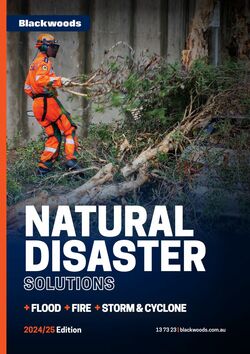



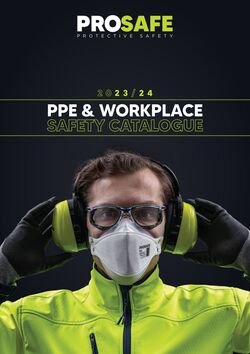
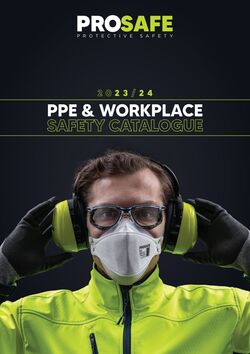
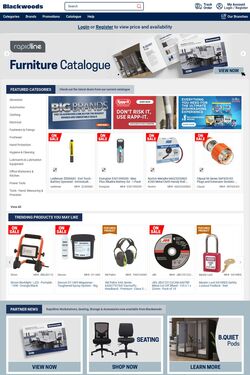





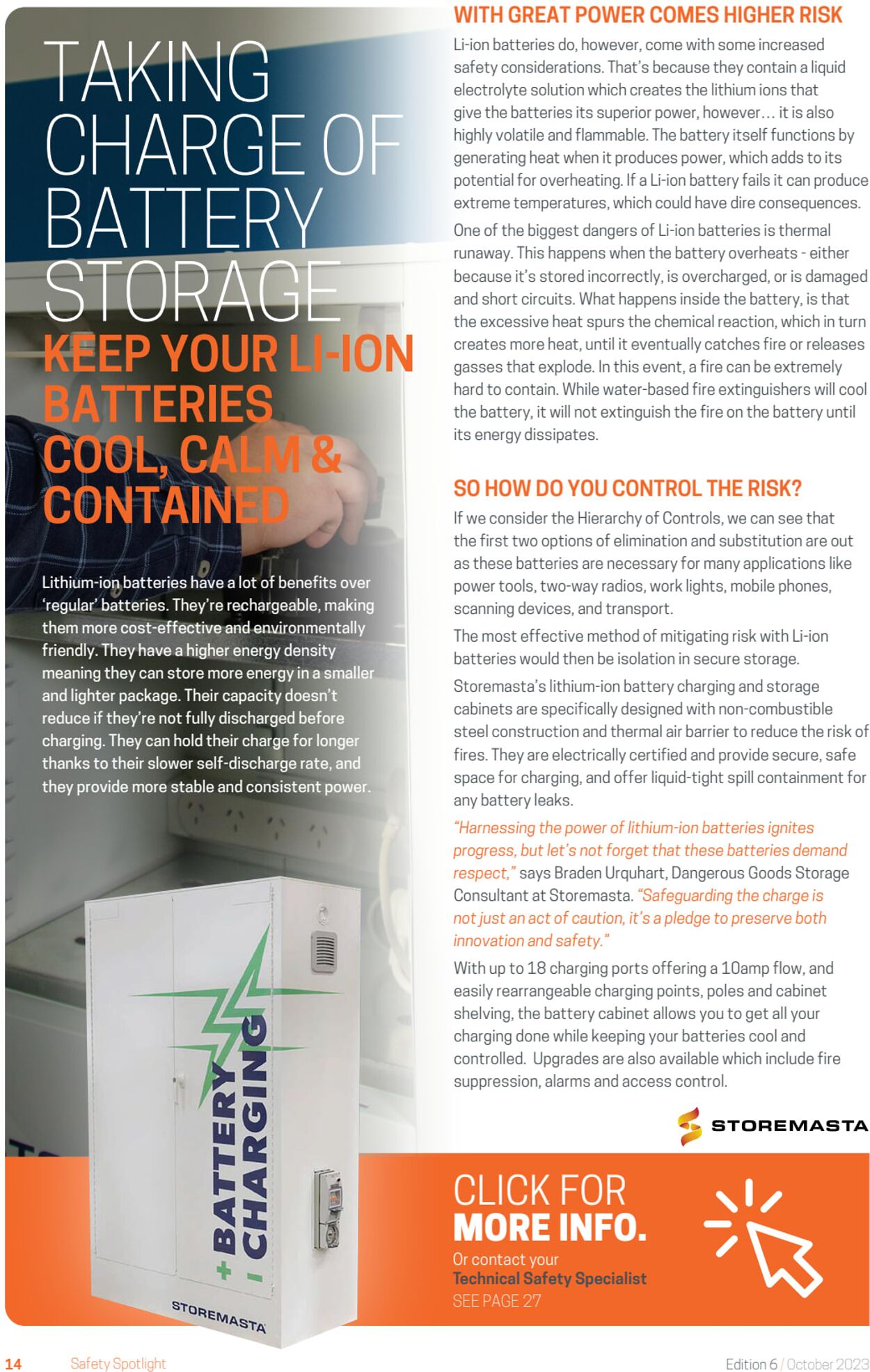
Products in this catalogue
FAKING Cane © Lithium-ion, batteries have a lot of benefits over ‘regular’ batteries. They're rechargeable, making) them more cost-effective and environmentally friendly. They have a higher energy density meaning they can store more energy ina smalle and lighter package. Their capacity doesn't reduce if they're not fully discharged before charging. They can hold their charge for lo thanks to their slower self-discharge rate, they provide more stable and consistent pow g} f# +BATTER / 1 CHARGI Li-ion batteries do, however, come with some increased safety considerations. That’s because they contain a liquid electrolyte solution which creates the lithium ions that give the batteries its superior power, however... itis also highly volatile and flammable. The battery itself functions by generating heat when it produces power, which adds to its potential for overheating. If a Li-ion battery fails it can produce extreme temperatures, which could have dire consequences. One of the biggest dangers of Li-ion batteries is thermal tunaway. This happens when the battery overheats - either because it’s stored incorrectly, is overcharged, or is damaged and short circuits. What happens inside the battery, is that the excessive heat spurs the chemical reaction, which in turn creates more heat, until it eventually catches fire or releases gasses that explode. In this event, a fire can be extremely hard to contain. While water-based fire extinguishers will cool the battery, it will not extinguish the fire on the battery until its energy dissipates. If we consider the Hierarchy of Controls, we can see that the first two options of elimination and substitution are out as these batteries are necessary for many applications like power tools, two-way radios, work lights, mobile phones, scanning devices, and transport. The most effective method of mitigating risk with Li-ion batteries would then be isolation in secure storage. Storemasta’s lithium-ion battery charging and storage cabinets are specifically designed with non-combustible steel construction and thermal air barrier to reduce the risk of fires. They are electrically certified and provide secure, safe space for charging, and offer liquid-tight spill containment for any battery leaks. says Braden Urquhart, Dangerous Goods Storage Consultant at Storemasta. With up to 18 charging ports offering a 10amp flow, and easily rearrangeable charging points, poles and cabinet shelving, the battery cabinet allows you to get all your charging done while keeping your batteries cool and controlled. Upgrades are also available which include fire suppression, alarms and access control. STOREMASTA Technical Safety Specialist
| Name | Details |
|---|